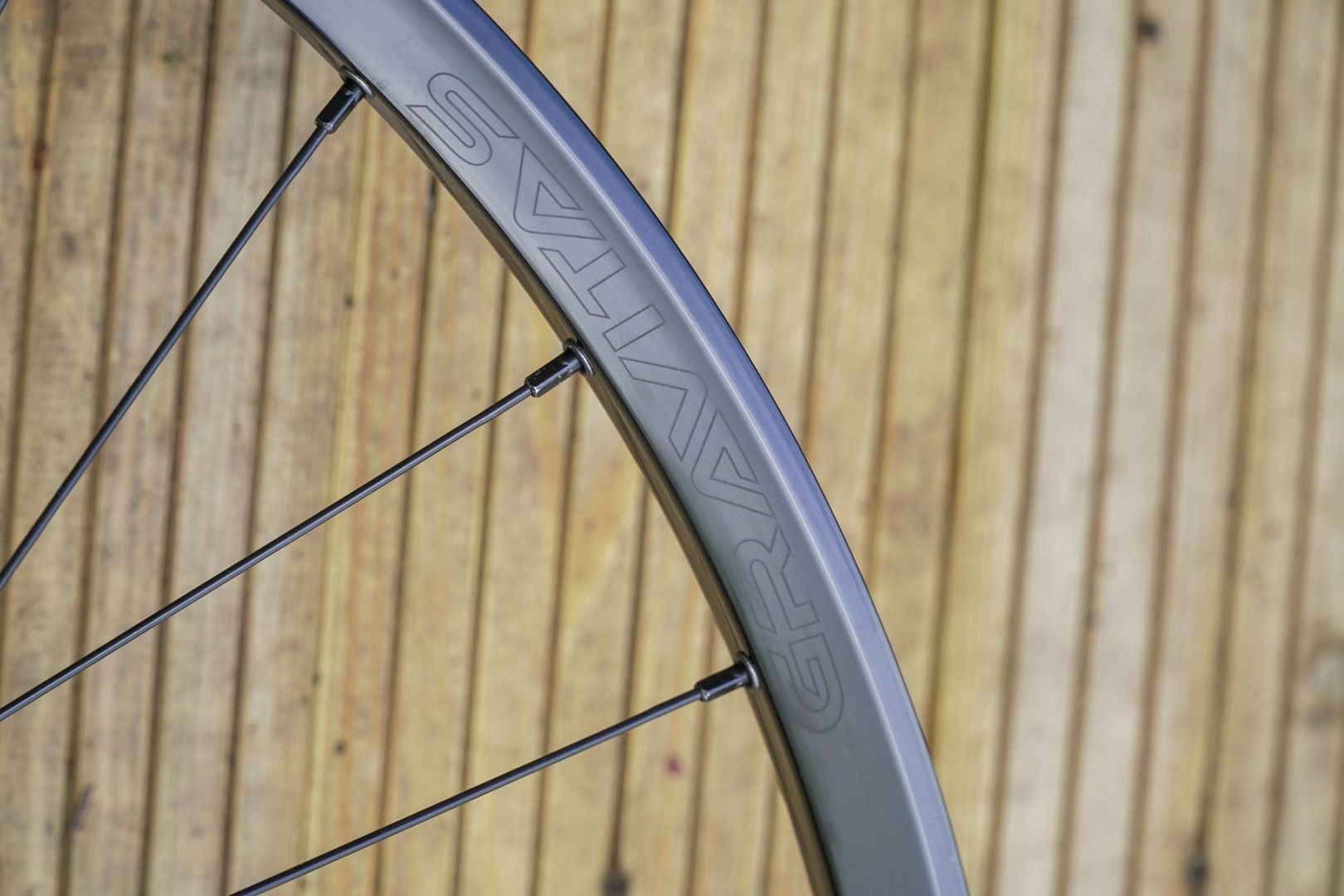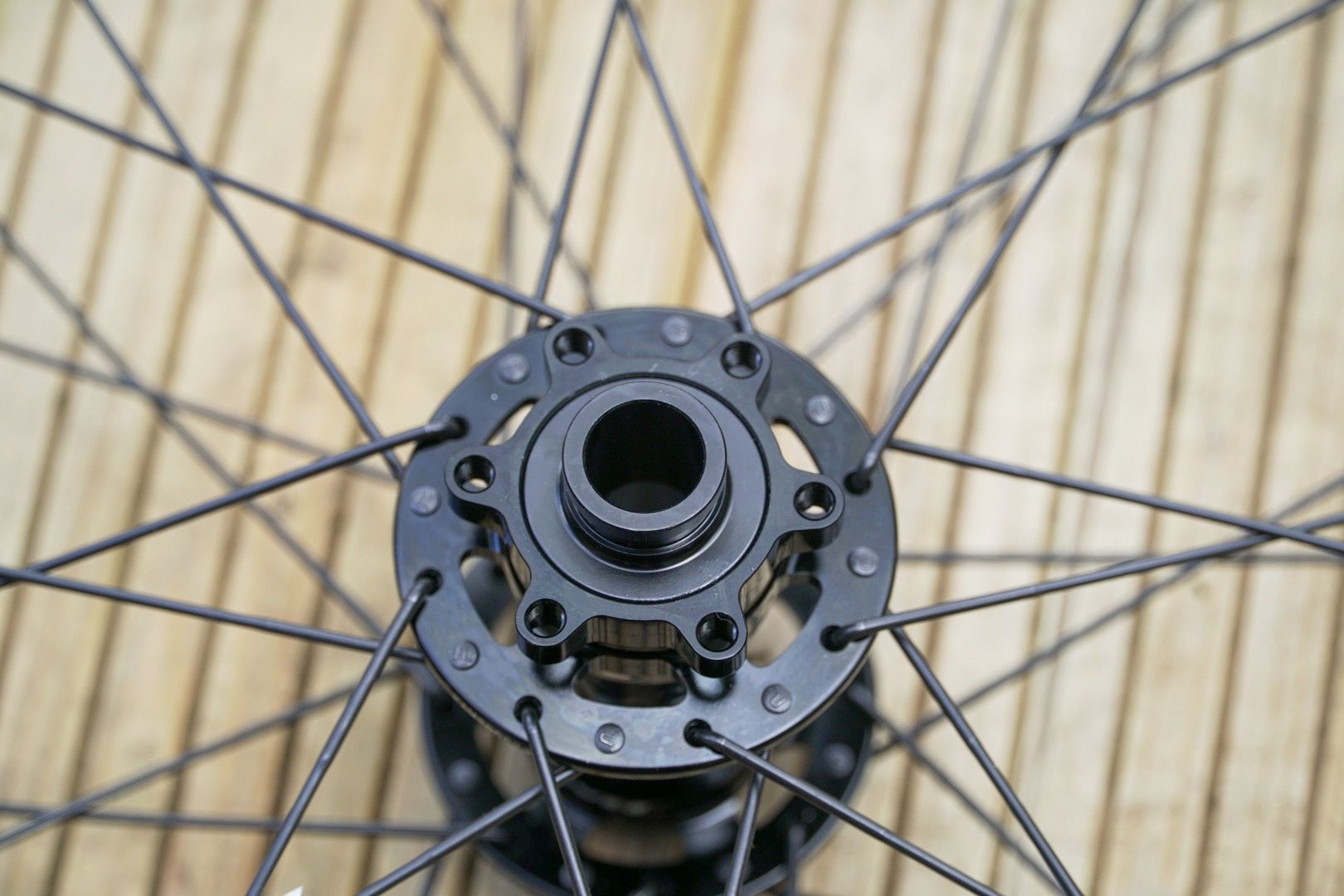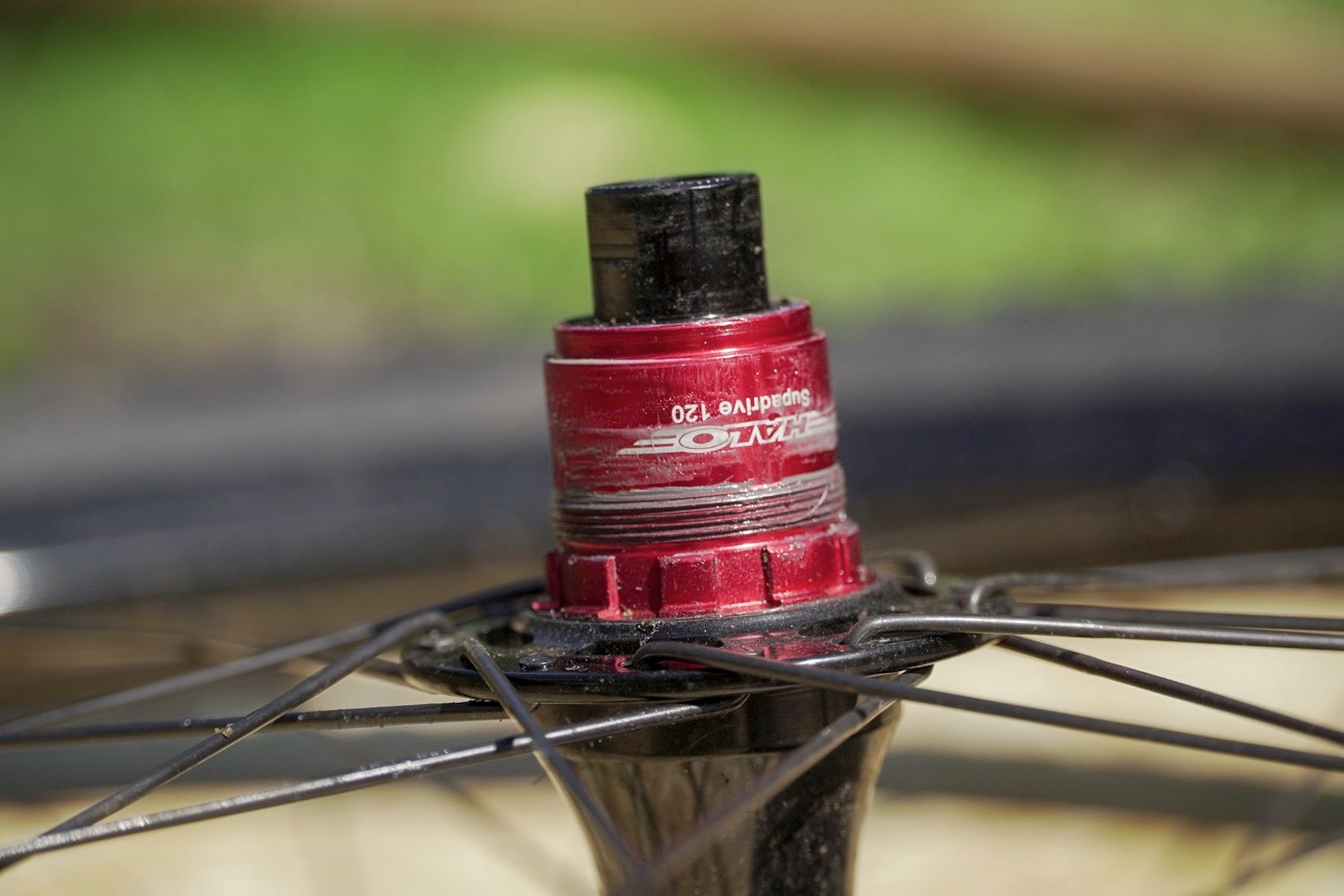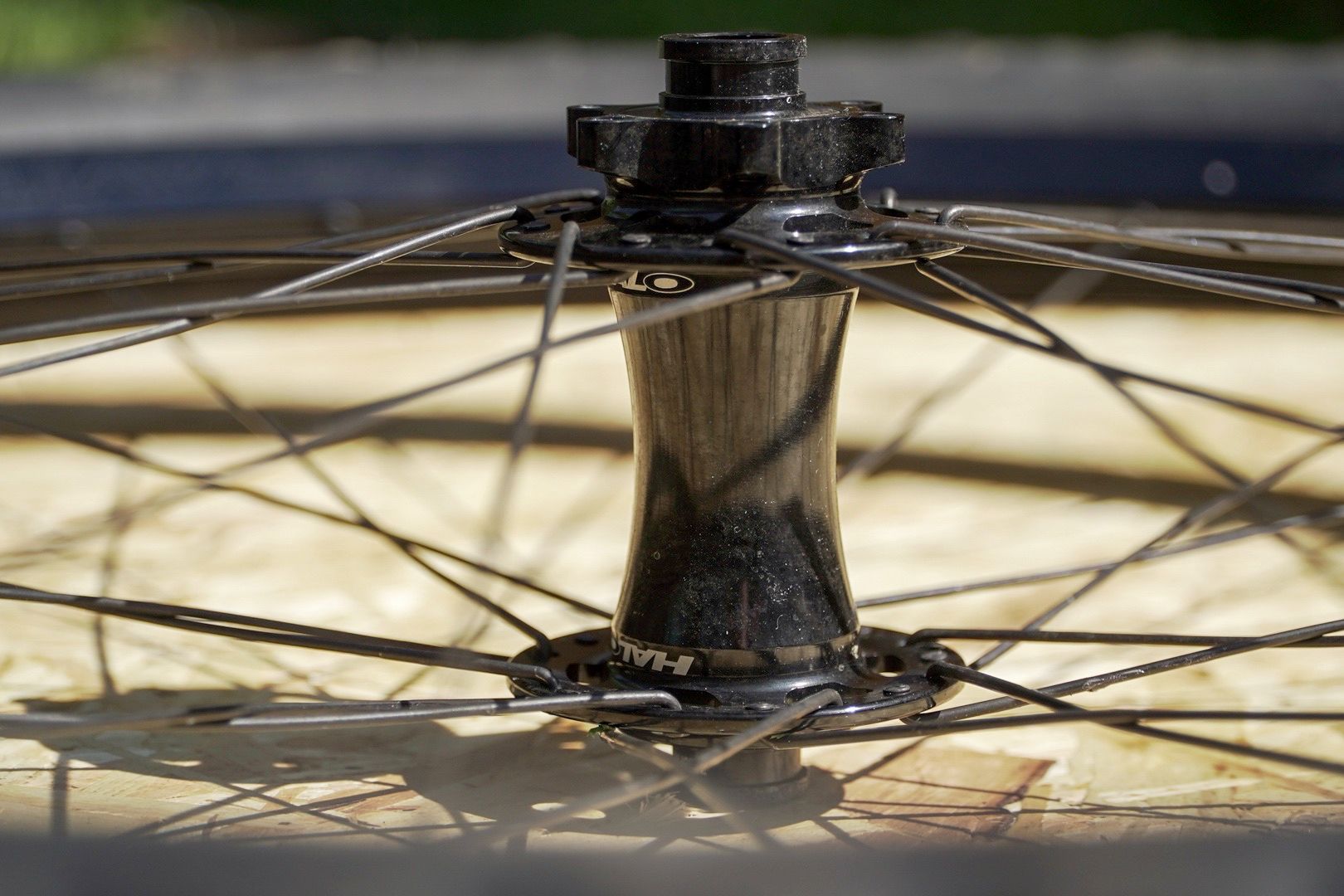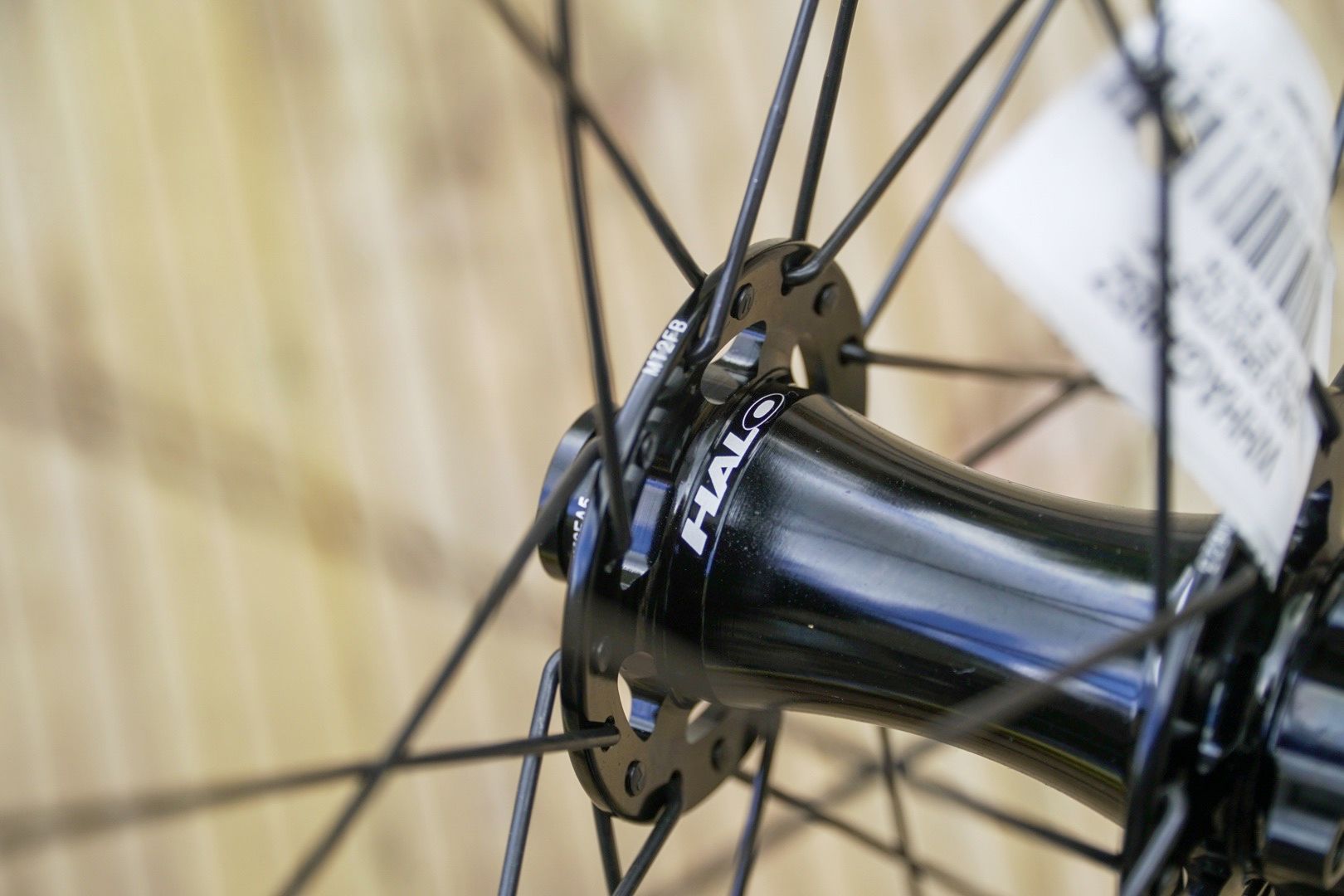Halo’s new Gravitas wheelset is aimed at downhill riders, and in fact, has already been tested on the Downhill World Cup, so surely they can survive a few months of STW abuse.
Halo has a long tradition of developing wheels that can handle plenty of punishment. Just head over to the Halo Family page on their website to take a look at the riders rolling on Halo rims and hubs and you’ll come away with the impression of a brand that creates hoops that can withstand slopestyle, freeride and downhill racing antics. Sam Pilgrim, Matt Jones, Ben Deakin just to name a few, all ride on Halo wheels and I’m pretty sure that their combined millions of YouTube subscribers have never seen a buckled rim or blown out freehub.
It’s not only the YouTube elite that rides Halo, Downhill World Cup rider, Jack Reading also rides and races on Halo products, and he spent much of the past season on a prototype Halo Gravitas wheelset. Following Jack at the World Cup and seeing what he rides locally gave me a pretty good idea of what the Gravitas can handle, so I was keen to give this gravity orientated wheelset a test.
Halo Gravitas Wheelset – Features
Wheels are pretty straightforward components. They require a hub, spokes, and a rim, then, of course, a freehub to attach the cassette to, there are of course a few other items and components here and there but really a wheel boils down to just those main parts. You may then think, what can Halo do to differentiate and improve its wheels compared to other aluminium offerings? It turns out quite a lot.
Latest Singletrack Merch
Buying and wearing our sustainable merch is another great way to support Singletrack
A lot of the clever ideas that make the Halo Gravitas such a strong wheel, come from the rim design. This isn’t a catalogue part with the Halo branding blindly printed on, but a bespoke rim design developed with the help of World Cup Downhill racers.
The aluminium rim, available in either 27.5 or 29in, has several features to ensure strength in the most extreme riding situations, but also there are some features added to increase the reliability of the tyres you choose to run on the Gravitas too.
For starters, the engineers at Halo settled on a rim design with an external width of 33mm but an internal width of just 27.5mm. In comparison, the Gravitas is a few mm narrower than some gravity focused rims, but Halo felt that 27.5mm gave the best tyre sidewall support while also ensuring the tyre/rim combo can run narrow enough to avoid sharp rocks that can both damage rims and cause punctures. Sure we might be looking at just a few mm, but on a World Cup race run those small margins can be the difference between a perfect run and a race losing puncture.
The rim height is 20mm and Halo has engineered a chunky bead that has been able to shrug off impacts and deflect strikes even when running lower tyre pressures without denting or dinging the material.
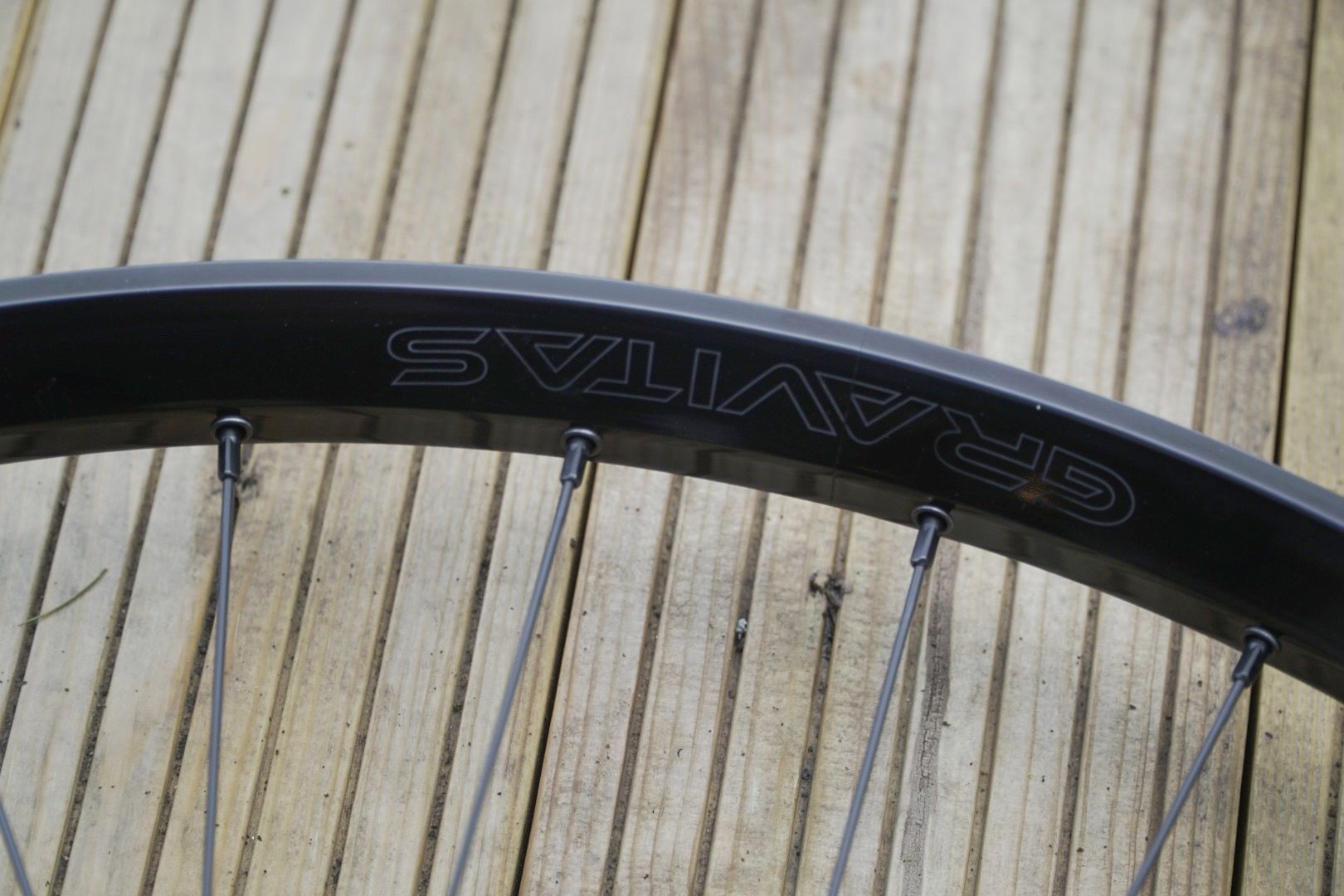
Using an asymmetric design, Halo has also been able to cut down on the 6061 T-10 aluminium material to reduce rotating mass. The asymmetric design also ensures spoke tension is equal on the drive and non-drive side of the wheel, again, to boost the overall strength and reliability of the wheelset.
At the centre of the Gravitas are Halo’s own hubs boasting a wide flange design and options for Boost, Non-Boost, DH and Superboost hub spacing, so you should be able to fit the Gravitas to any modern mountain bike without issue. Each hub uses high-quality sealed bearings for long life and runs Halo’s own Supadrive freehub. Supadrive packs a 120 point drive ring for a fast 3-degree engagement, this also makes a fantastic sound on the bike too.
Halo offers Supadrive for Shimano HG, Microspline and SRAM XD, and hubs can either be spec’d with direct mount or 6 bolt disc fittings. These options along with the various spacings should ensure all riders can run Gravitas wheels.
Out of the box the handmade wheels get rim tape, but there are no valves included. Fine if you have plenty knocking about or have an old set of wheels to take them off, but it’s quite common to receive rim tape and valves with new wheels these days.
Halo also offers spare rims separately if you wanted to build your own wheels or needed a spare, and there’s even an optional £19.99 decal pack available, but we like the standard stealth look.
Halo Gravitas Wheelset – The Ride
I like to set up a fresh set of wheels with a fresh set of rubber as it allows me to test new tyres at the same time (so watch out for a Kenda review coming soon). Mounting the Pinner and Hellkat tyres to the Gravitas rims was a simple and painless process.
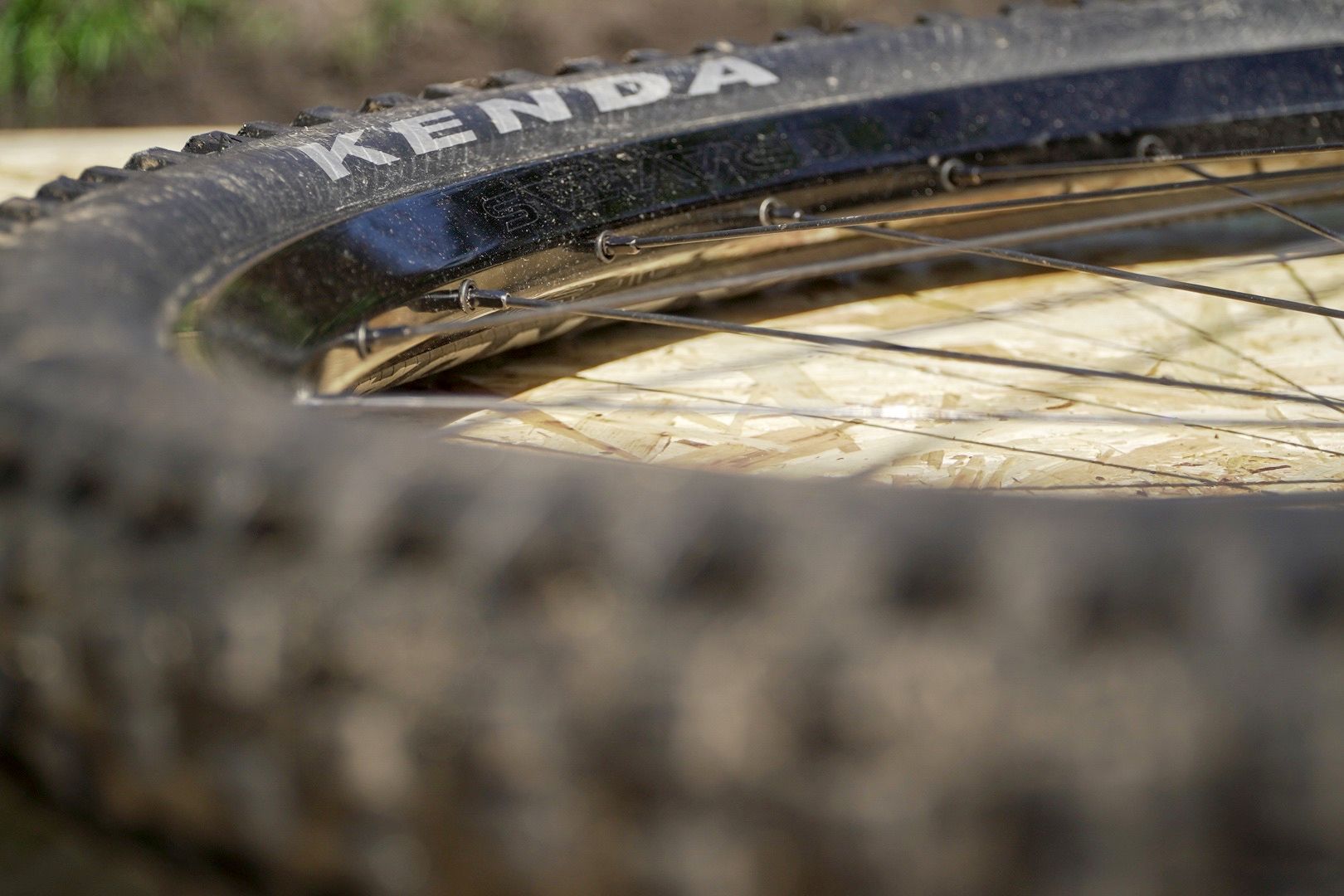
The combo of the Kenda tyres and Halo rims, ensured a nice tight fit, but not overly so that I had to strain my thumbs to get them on. The depth of the rim gives just enough room for the tyre to seat without being baggy and actually meant I was able to inflate the tyres without sealant with just a track pump. For riders swapping tyres on a fairly regular basis, ease of installation and speed of tubeless set-up is an important detail, and it’s clear that Halo has considered this when developing their new rim.
At launch, Halo shouted about the downhill World Cup readiness of the Gravitas but as I don’t have a downhill bike to test them on I decided to fit them to the Specialized Kenevo SL. In essence, this lightweight assisted mountain bike is pretty close to a downhill bike with 170mm travel, a suspension system derived from the Demo and a weight of around 38lbs. As the Kenevo SL has been used to shuttle me up to my local downhill tracks and around various trails in the Lake District, it proved to be a good test of the Gravitas on natural rocky terrain.

Being alloy the Gravitas wheelset disperses impact energy well minimising whatever shock did manage to make its way through the 170mm of travel. Whipping around banked highspeed turns or throwing the Kenevo through tightly spaced, highspeed berms, the Gravitas hold their line with no notable flex, without being so stiff they could throw you offline. Moving to the Gravitas from the stock carbon Roval wheels on the Kenevo SL, I actually felt the bike was more controlled on fast rock-strewn tracks.
As for strength, they’re still round, the rims have only suffered a few scratches, and the spokes haven’t needed to be re-tensioned or tweaked. In addition, I’ve not had an issue with punctures either from low-pressure or from cutting the sidewall, but it remains to be seen if this is thanks to the rim design or the construction of the tyres.
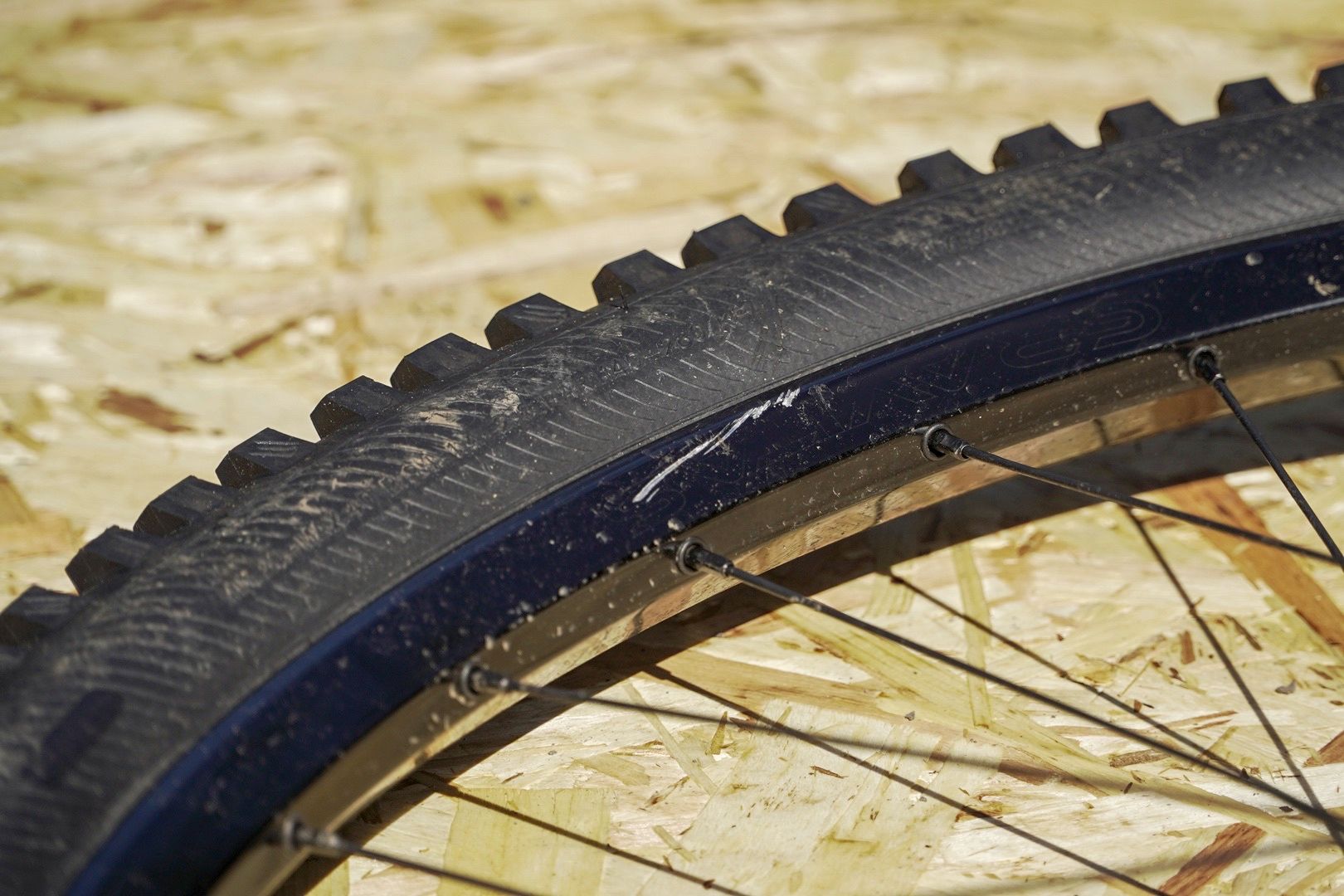
Of course, saying I tested them on an eBike I could hardly comment my thought of climbing with them, so I have given them a few rides on my Tallboy where the additional 500g over the Silt carbon wheels is noticeable but hardly unbearable, the weights for these 29ers are 1035g front and 1235g rear. Then again these are gravity wheels and if you spend your time on uplifts and shuttles the durability and reliability of these wheels make a lot of sense at this price.
Things we would like to see:
- A small niggle, but I would like to see valves with the Gravitas wheelset. I’ve tested more affordable wheels that come with valves.
- You may not like the loud freehub.
Things we love:
- Some riders like a quiet rear hub, other like a noisy one. I’m easy either way, but I especially love the sound of the freehub on the Gravitas wheelset.
- Standard ‘J’ bend spokes make spares readily available.
Overall
Even attached to our Specialized Kenevo SL test bike, I’ve not been able to take the Halo Gravitas even close to their limit. These hard-hitting alloy 29er wheels remain tightly tensioned and true despite my best efforts. Though my local rock gardens have left their mark, by which I mean large scratches, the strength and performance of these wheels remain.
Though I’m fairly certain that the Halo Gravitas are a strong and well-made wheelset, I’ll leave it to the winter muck and grit to have their way on the bearings and freehub over the next few months and update you on the longevity of the Halo Gravitas in the future.




